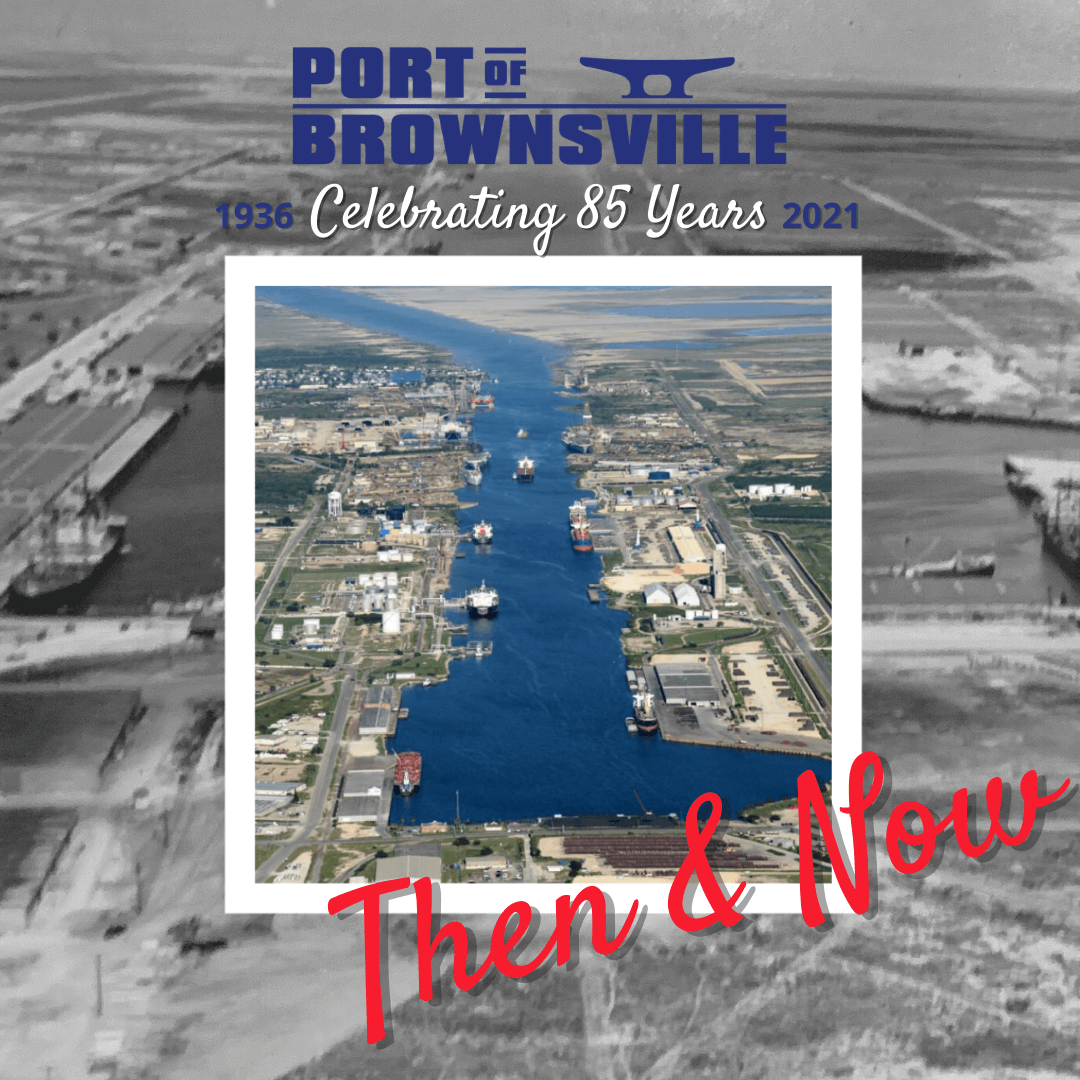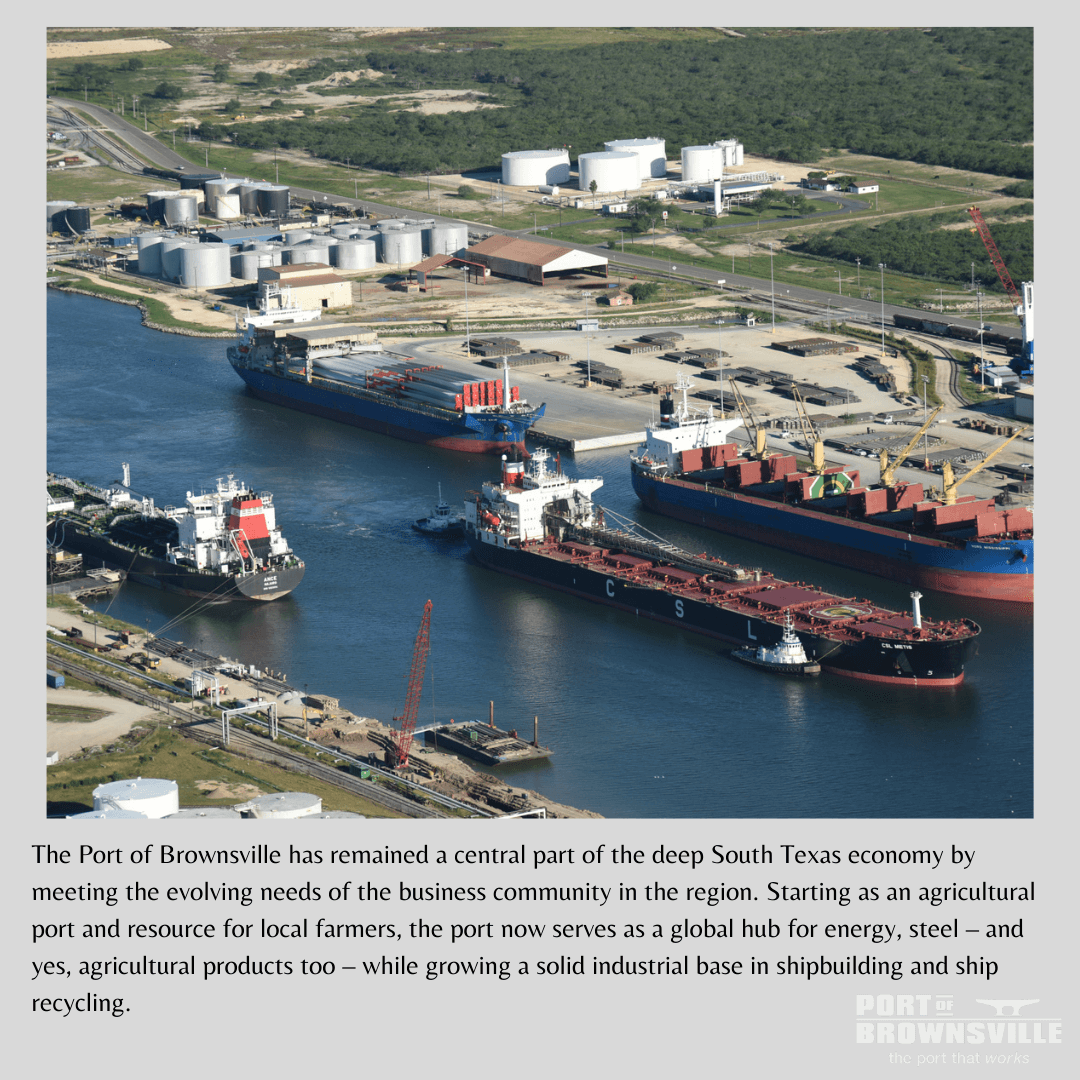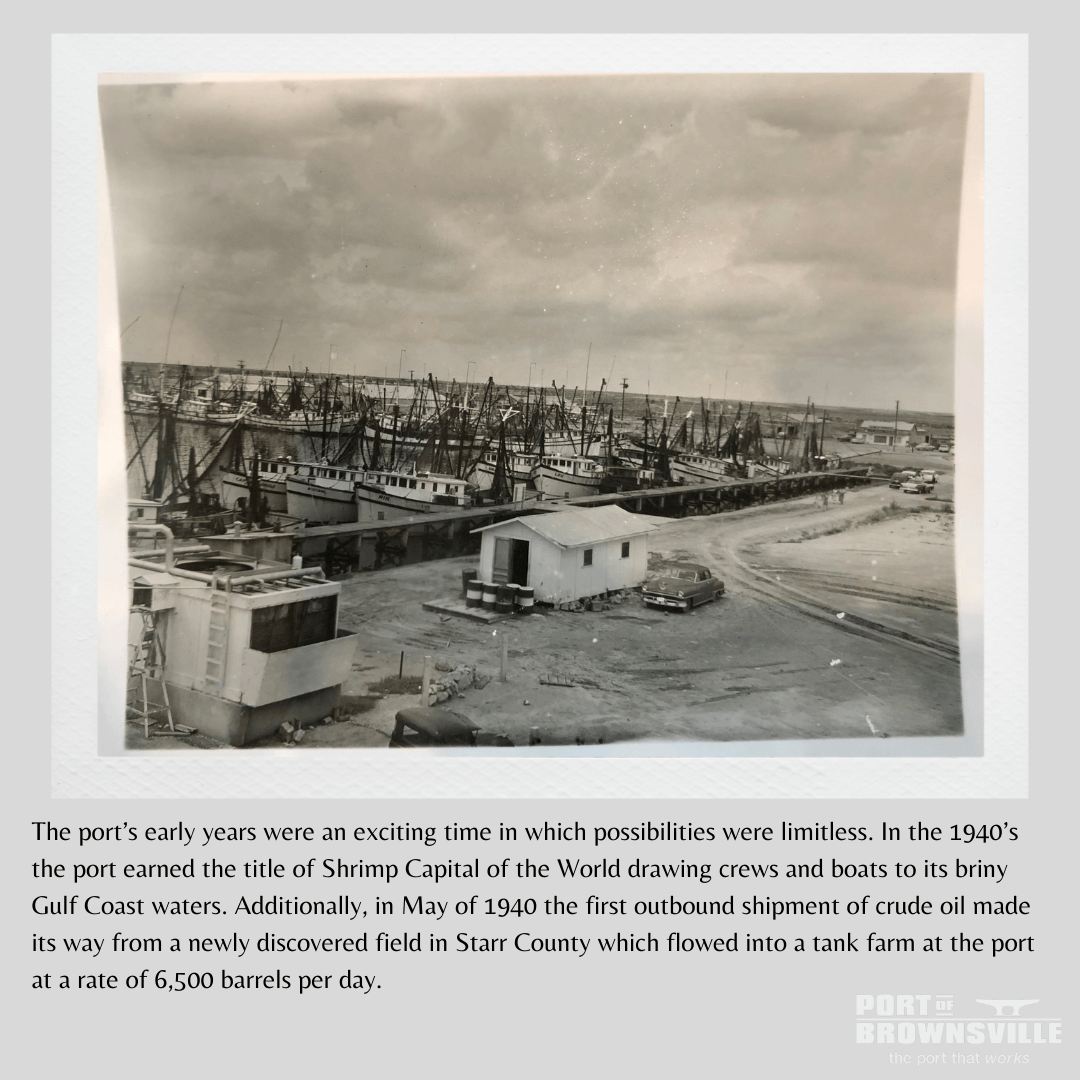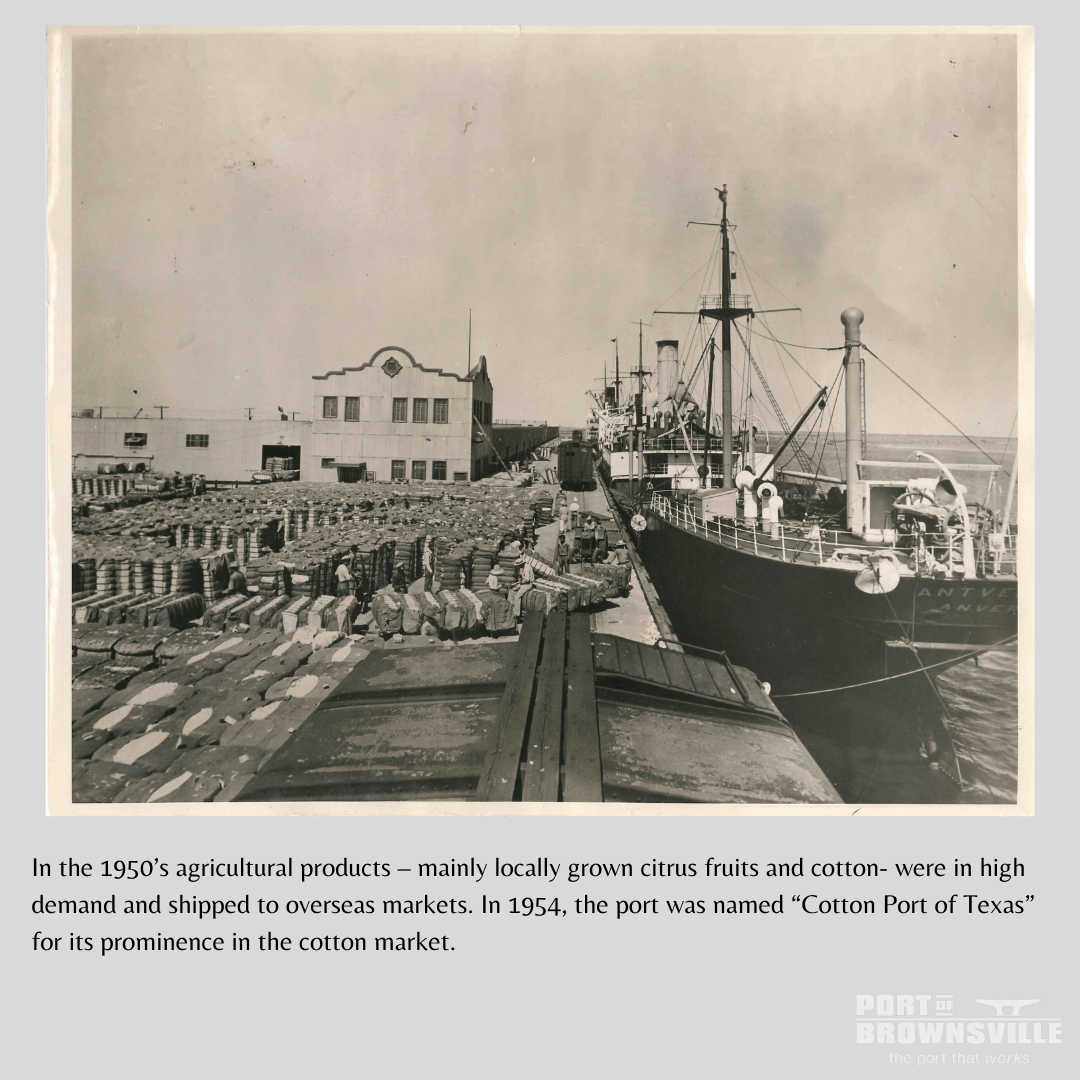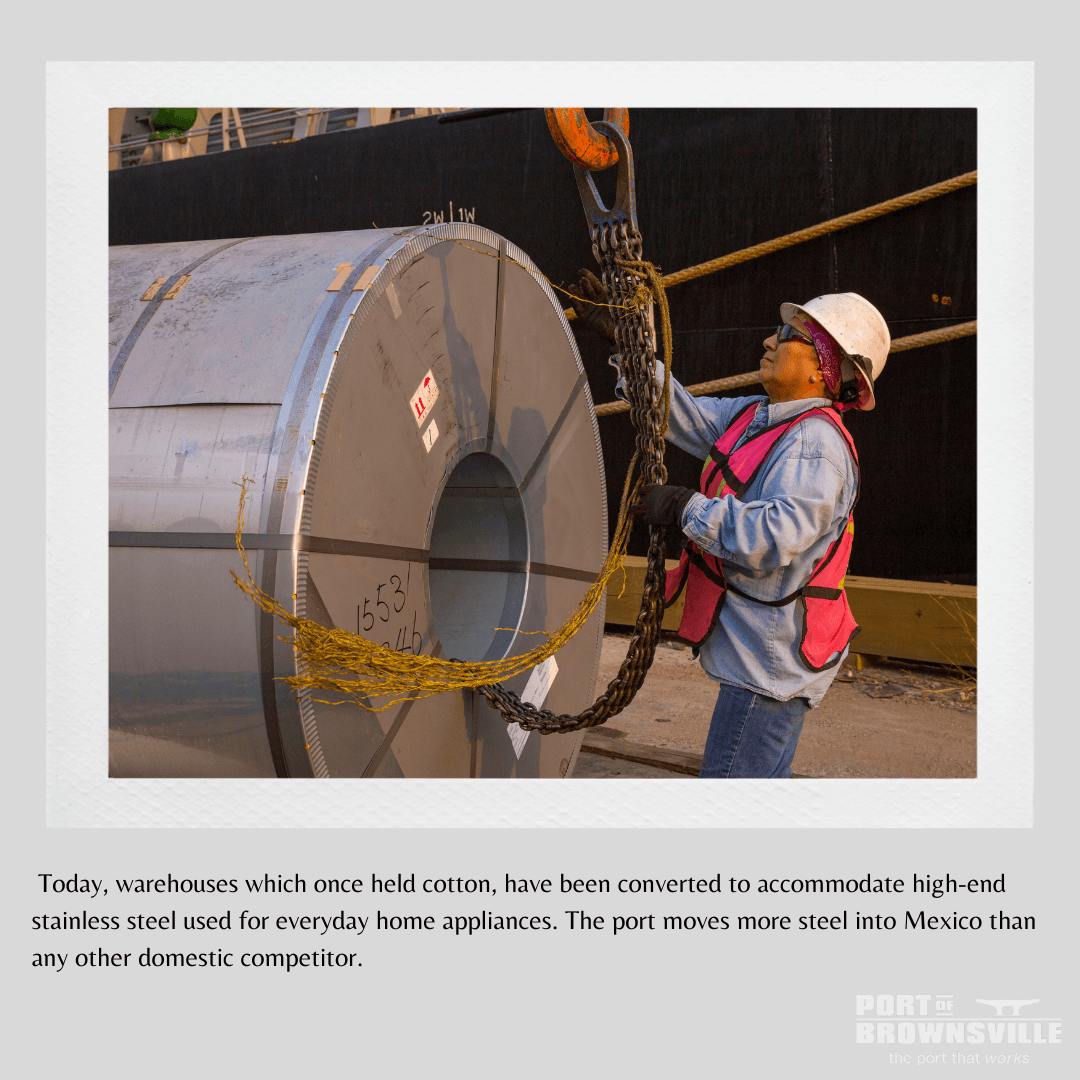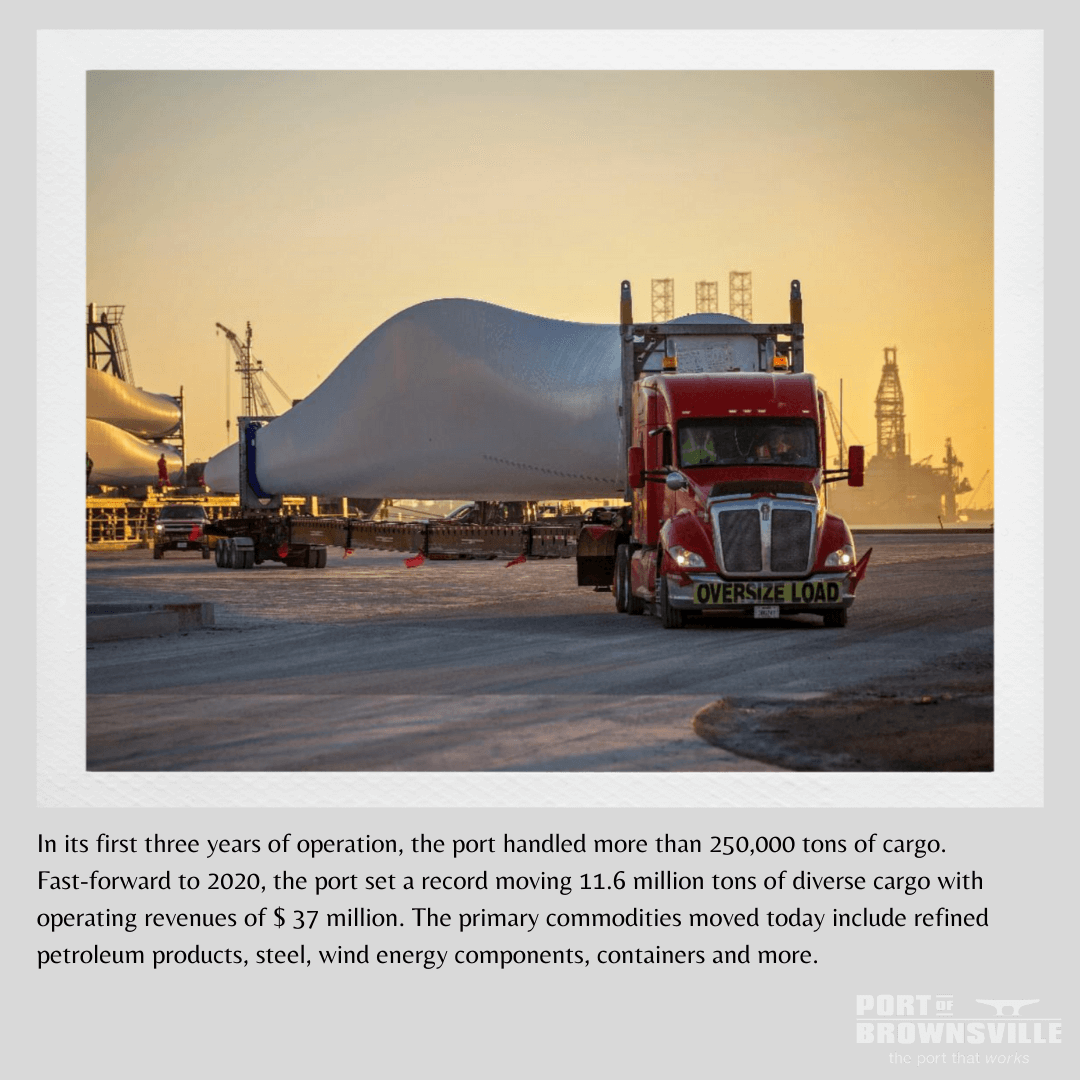Editor’s Note: This article is featured in the latest edition of the Port of Brownsville Directory. Click HERE to view directory or to request a copy.
Arguably, the most valuable asset of any port is the depth of its channel.
The depth of a port’s channel can be compared to the length of an airport’s runway. The longer the runway, the bigger the planes. The deeper the channel, the bigger the ships.
For example, with just one more inch of draft – or depth – a ship can carry 770,000 additional bushels of wheat valued at more than $60,000.
Through the Brazos Island Harbor Channel Improvement Project (BIH), the Port of Brownsville plans to deepen its channel from 42 feet to 52 feet – 10 feet deeper! With that much additional draft, the cost savings for shipping goods across the Earth’s oceans reach an economy of scale far greater than those of the one-inch example. Which also means, more jobs to handle more cargo at the Port of Brownsville.
In 2019, the U.S. Army Corps of Engineers (USACE) approved a permit to advance the project to its construction phase.
Most recently, in March the federal government announced the allocation of $68 million to deepen the ship channel. The funds are provided under the Infrastructure Investment and Jobs Act (IIJA) Appropriations Law. The BIH project was identified as part of the IIJA to strengthen port and waterway supply chains and climate resilience. Once the project is complete the Brownsville Ship Cannel will be one of the deepest ship channels in the Gulf of Mexico.
Since 1914, most of the world’s leading seaports designed shipping channels to match the depth of the then new Panama Canal at 40 feet – the most important shortcut in ocean shipping. In recent years, ships have dramatically increased in length and draft, prompting a massive expansion of the Panama Canal that became operational in 2016.
The Panama Canal’s newest locks can accommodate ships drafting more than 50 feet and longer than four football fields. The canal expansion served as a catalyst, motivating U.S. East Coast and Gulf of Mexico ports to harmonize channel drafts with those in Panama to accommodate a flood of new shipping infrastructure challenges.

In just 85 short years, the Port of Brownsville has grown from a great idea into a major seaport, creating positive investment opportunities and jobs for the Rio Grande Valley.



